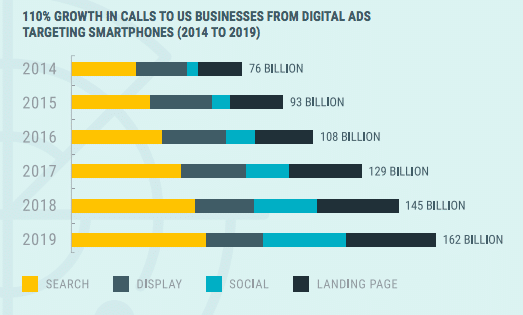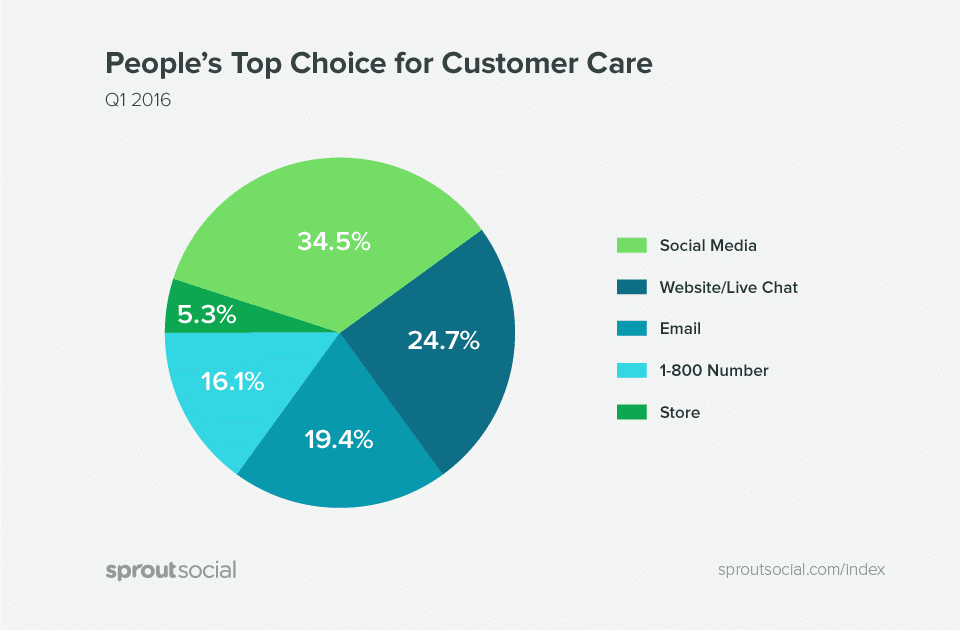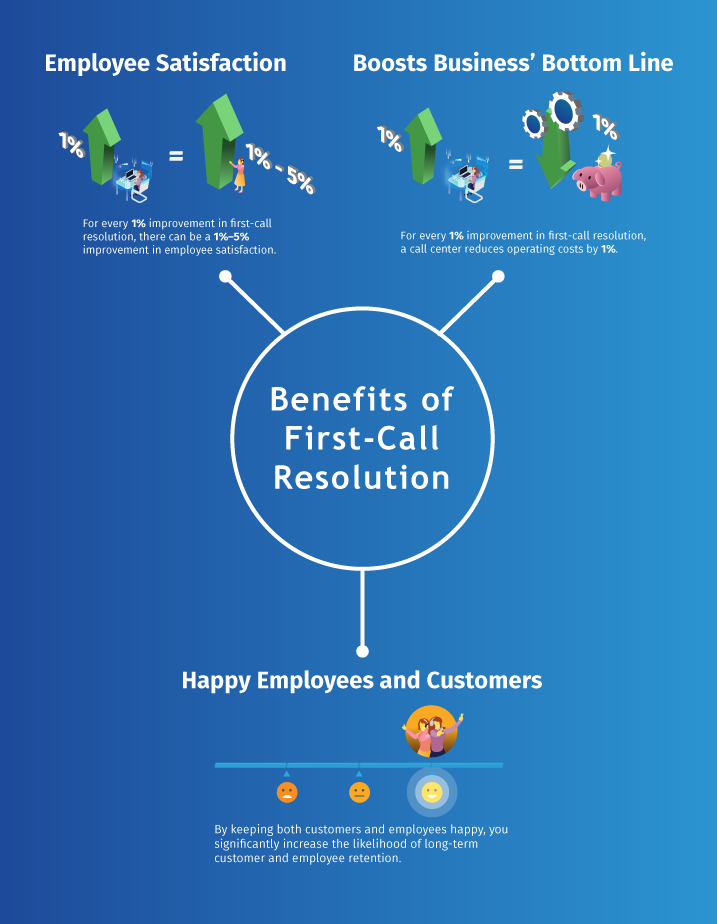Do you know what you should measure when it comes to contact centre analytics? We all know the industry-standard metrics that pretty much everyone tracks, but is your call centre missing something? With digital transformation, new tech, and data analytics moving at Usain Bolt speed, it’s always a worthwhile endeavour to keep yourself current on new metrics that you need to be tracking for your business.
With this in mind, RingCentral and Infinity have partnered together to bring you nine metrics you may not be aware you need to be tracking, and why they are important.
Calls to deflect
Not all calls are the same. Some deliver real value to your business, others are queries that need your special touch, but there are some more simple matters that you would probably rather handle online via an FAQ.
If your team is receiving high-quantities of low-requirement calls, you might wish to determine the source of these calls and eliminate them. This way, you can ensure you’re handling the issues that really need your attention.
But how do you discover where these calls come from, exactly? Through call tracking technology, you can start revealing which source is generating these low-requirement calls. This could either be a page on your site or a particular marketing campaign.
By optimising this source’s content to make it as useful, intuitive, and helpful as it can be, you can solve your customer’s problems there and then. Thus, eliminating the need for a very basic support call. You will also free up your agents’ time to deal with the calls where your phone agent’s expertise is required.
Who’s already doing this?
One of Europe’s leading entertainment and communication businesses used call tracking technology to split test certain pages of content to see which version was driving the most simple support calls. After a testing phase, it was determined which variants were better at providing the answer and reducing the need for a call.
After implementing these changes, they saw a reduced amount of calls. This was in the region of four million calls per year, which resulted in roughly £24 million worth of savings in operational costs.
The journey
Caller intelligence apps allow contact centre agents to track what an online visitor’s journey looked like before the call. In real-time, the app can give your agent information about:
- Which pages they viewed
- Which channel they entered via
- Where they came from
Caller intelligence apps eliminate the need for an agent to bombard a prospect with endless questions. It also helps both parties come to a solution together, faster.
A lot of the customer journey details can automatically be connected to your CRM system. This reduces the amount of manual input needed and helps your marketing team understand what activities generated that call. Not only does this aid in resolving a customer’s problem, but it also helps the agent tailor their message faster.
Let’s say a particular travel company runs a special on safari escapes. If a customer visits this promotion online and then calls the company, a caller intelligence app would alert the agent to the specific pages they were viewing. This allows the agent to tailor their pitch and potentially up-sell along the way.
Post ad impressions
A modern customer journey may see customers pinball around multiple brand touchpoints before they pick up the phone to your business. Tracking this journey enables marketers to identify the touchpoints that led to a phone call and help the team understand more of what’s working.

Source: Neil Patel
Whilst tracking your customer’s journey is crucial, an important touchpoint to remember is the use of targeted ads. Targeted ads put your brand in front of the right type of customers. But if you’re not tracking which ad made a customer pick up the phone (even if they didn’t click it at the time), you risk losing a clear view on the ROI of your advertisements. These are valuable insights when you want to understand the types of ads which are resonating.
How this works in practice
Let’s say a customer sees a targeted ad online. They may not click on the ad, but it has been displayed. With the right call tracking platform, an Ad-ID can capture this action via Javascript and store it against the visitor’s trace.
If they decide to look up your brand and call you, later on, their entire journey is sent into Campaign Manager. This way, you can see which display advertisements contributed to the phone call.
Missed calls
When a customer calls your contact centre they’re ready to have a serious conversation about the product/service you offer. Maybe they want to sign up? Maybe they want to renew a subscription, or maybe they have questions that need a human voice to reassure them. Whatever the reason, when they pick up the phone, they’re ready to engage directly with your company.
But you miss the call. Not a great start, is it?
The missed call conundrum has plagued businesses for many years. It goes without saying that when you miss a call, you miss out on potential revenue. You also run the risk of providing unsatisfactory service to your customers.
Tracking how many calls have been missed helps you to clarify the reasons behind this. Could this be because of a lack of agent support at that particular time? Are your calls not being routed to the correct party? Or is it not being routed at all?
After tracking how many calls you’ve missed, you can begin to make changes to your call centre, which could minimise the amount of missed calls. Perhaps agent work rotas could be reviewed, or even your operating hours need re-adjusting to accommodate when you receive the most amount of missed calls.
Ensuring that you answer every call will have a real impact on your revenue growth and customer experience. Take this example; the US online university industry recently identified that for January, 5% of all admissions calls go unanswered. Furthermore, of the 12 months of the year, online universities focusing on phone calls miss an average of 2.79% of calls.
What’s 2.79% of your total call volume? If the average online university degree costs $30,000, how much revenue could these missed calls be costing the online university industry?
Social interactions
The majority of businesses now use social media to facilitate communications between themselves and their customers. But, how many of these interactions turned into phone calls? And what does that mean for your call centre?

Source: Wordstream
Quick and easy questions like, “What’s your return policy?” can be answered with a swift direct message. But, more complex issues like “Your site has charged me twice and now I’m in my overdraft” may need to be solved offline, via a phone call. These complex phone calls need to be tracked and monitored, including when calls have come via customers clicking on your paid social campaigns. Call monitoring allows you to identify if particular issues are occurring too often and need an appropriate solution.
Feedback
Customer feedback is important and cannot be ignored. As call centres have the unique advantage of having the first person-to-person conversation with a customer, they’re able to glean what’s being said about your business.
Taking the time to filter through recordings of calls manually is a monotonous task and one that would take your team a long time. Integrating your call centre with a voice analytics platform would give you the ability to track and identify words you want to hear but also automate transcription of conversations. With this information, you can monitor which keywords are likely to result in success and tactics for your phone agents to employ.
How this works in practice
Perhaps you’re a retailer of automotive parts and services and want to understand what’s leading to sales of certain products.
Using a voice analytics platform, you can identify the channels which are generating more customers interested in certain products or services. You can link calls using words like “tyre replacement” and “MOT” to a particular PPC ad.
With this knowledge, you can do more of the marketing that’s working and less of what isn’t.

In-to-out
As with any customer-facing business, your work-loads are determined mostly by the lives of your customers. Phone calls can fluctuate depending on when your customer chooses to call you. It’s important to make the most of your agents time during slow periods. But to do so, you’ve got to know when you’re likely to be receiving the most calls.
Tracking when you receive the most inbound calls is an industry-standard metric. The challenge lies in having the capability to be agile enough to switch your team’s workflow to outbound calls when inbound remains quiet. Contact centres that track when best to switch to outbound calls are in a better position to increase overall productivity by maximising their agents’ time.
Competitor mentions
By now, we’ve all heard the terms “keep your friends close and your enemies closer.” It’s clear that whilst staying true to what makes your business unique is wise, staying on top of what your competitors are up to is just good business sense.
There are multiple methods of staying on top of what your competitors are doing. With the explosion of social media, pretty much anyone can log onto a company’s social accounts. You can quickly investigate what a company is talking about to their audience and the wider market. You could even subscribe to a competitor’s email list to keep up-to-date with their latest news.
You can also get insights from the people who will actually be interacting with your competitors – their customers. Through the use of voice analytics software, you can begin tracking when a competitor is mentioned throughout your call.
At speed and scale, you can automatically track the following:
- Competitor pricing
- Understanding the differences between products
- Assessing competitive advantages
- Why customers are switching to or from them
- Where customers are switching to or from
Obtaining these insights is an important step to truly identifying your significant advantages in the marketplace. This gives you the chance to take action and level the playing field.
First time for everything
Delivering exceptional customer experience means customers getting everything they need the first time they call. This will save both parties time. However, first call resolution (FCR) is difficult to track.
Tracking your FCR rate indicates the effectiveness of overall operations. In fact, The Ascent Group reported that 60% of companies who measure FCR for 1+ year show a 30% improvement in their overall performance.
Additionally, if tracked correctly, FTR recorded phone calls can be used to train newer members of the team. This way, they can hear what sort of questions to ask to ensure that a customer’s problem is identified and resolved the first time they call. This, in turn, speeds up your agent’s training time and FCR rates in the process.

Source: Hitachi
No pain no gain
Tracking new metrics within your current call centre KPIs may seem like extra work, but the value these additional insights bring is undeniable. Not only will they enhance your customer experience, but they have the potential to optimise your performance and efficiency to be the best it can be.
Infinity provides a customer focused call tracking platform for both SMBs and enterprise clients, plus agencies. Our unique solution allows all of our call centre clients to track metrics that have the potential to drastically reduce their operational costs, maximise sales, and streamline the customer journey. From launching Europe’s first Conversation Analytics suite to being the only call tracking provider to offer fully encrypted SIP calls, we can dial up a package that is right for you. Start a conversation with us today to find out how we can help you.
RingCentral is a leader in cloud and business communication. They work with their clients to break down barriers and unlock their potential, which means giving teams, partners, and customers the ability to communicate with one another effectively. With a flexible, cost-effective solution, they’ve created the ideal workplace, where business can be done more efficiently and effectively, no matter how big or small you may be.
Originally published Nov 24, 2020, updated Jan 16, 2023
